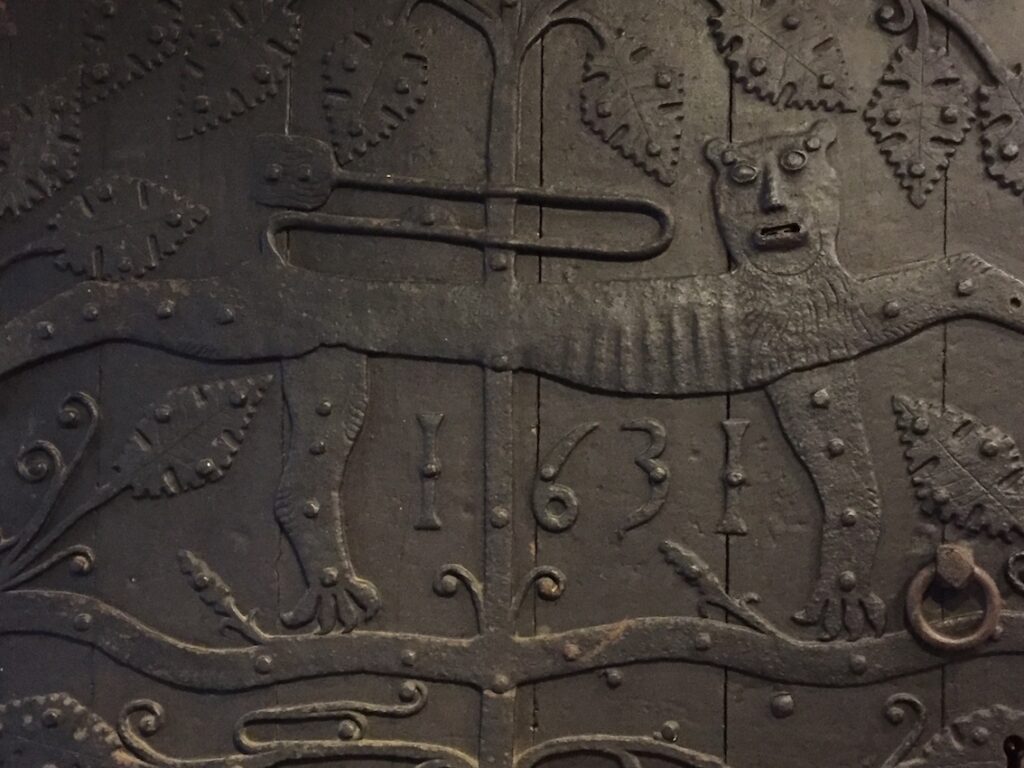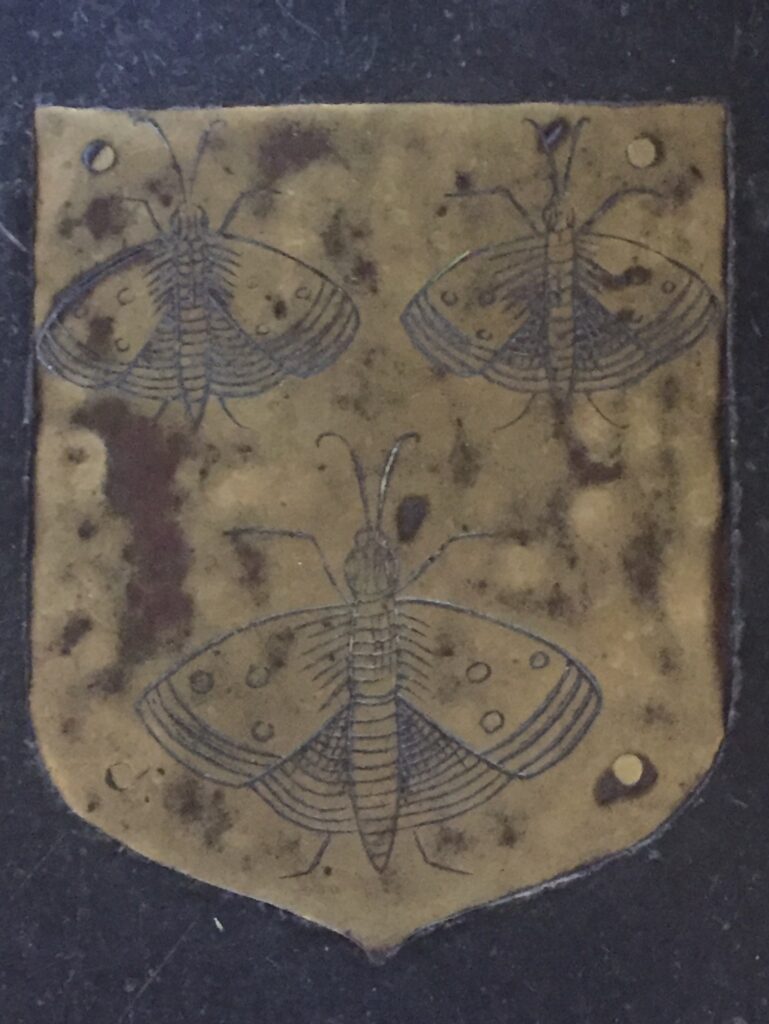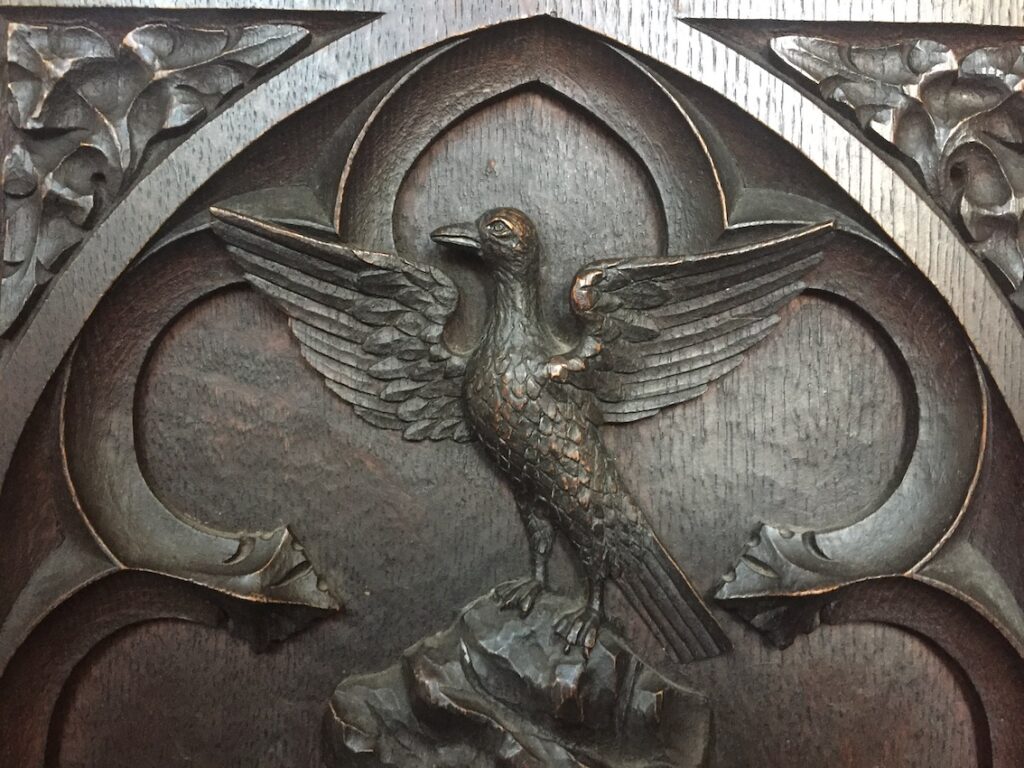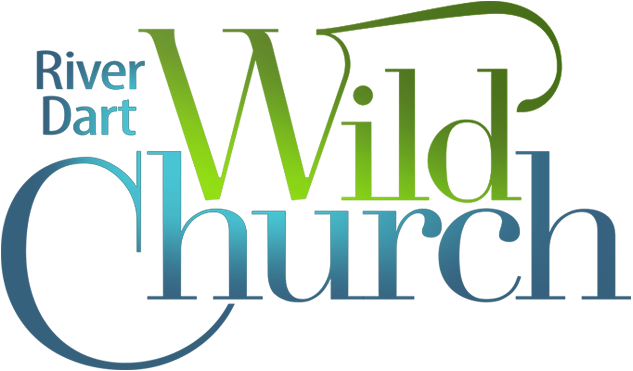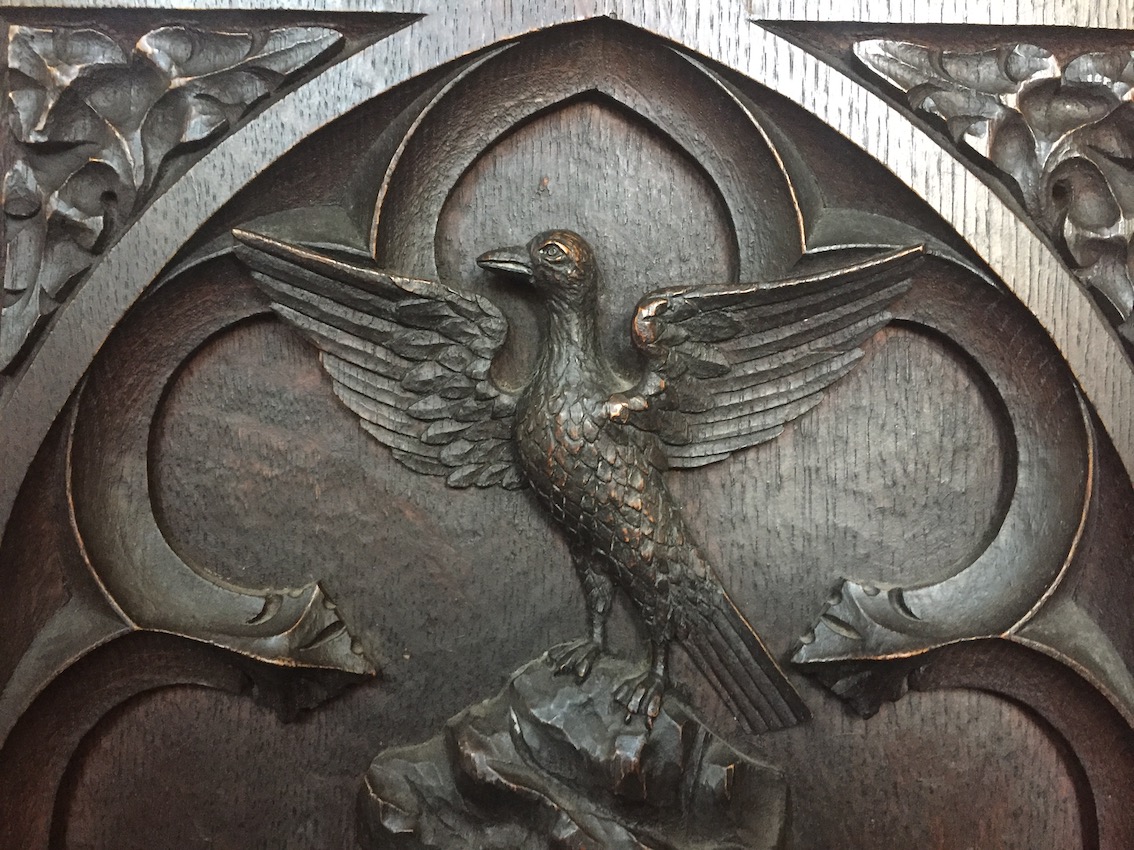Life continued to be a challenge for many, myself included, as 2021 drew towards a close. I was still unwell and semi destitute, following a long period of stress and unfunded overwork in the Church of England, which had led me to withdraw from Anglican ordination training in late August. So, as with our November event, our Wild Advent pilgrimage on the first Sunday of December also had to be cancelled. In the eight years of our wild church, since we started meeting in Advent 2014, I have previously only once had to cancel a gathering. So it seemed quite telling that the more deeply involved I became in institutional church, the more dis-abled (in many ways) I was from fulfilling the ministry God and community continued to call me into. How interesting that all those national panels, that I had been invited to attend over several years as part of ‘testing a call’ to ordained ministry in the Church of England – namely a Pioneer Assessment Panel, Bishop’s Advisory Panel and Research Degrees Panel (for my doctoral research)- had warmly affirmed this call to pioneer ministry through River Dart Wild Church and Wild Monastery, and yet the institutional structures of training & formation in my both parish context & in some centralised aspects of the Diocese had proved to be inimical to the very ministry the national Church had affirmed. I have met other pioneers who have encountered similar struggles. Nevertheless I was determined to finish our downstream pilgrimage in some way and so my son, Tam, and I tried out the planned, concluding, circular walk around Dartmouth and Kingswear, taking in some of the local, historic churches, such that I can share a little of the delights we encountered. However, making this walk made it very clear that I was still not fit enough to hold and guide a pilgrimage group.
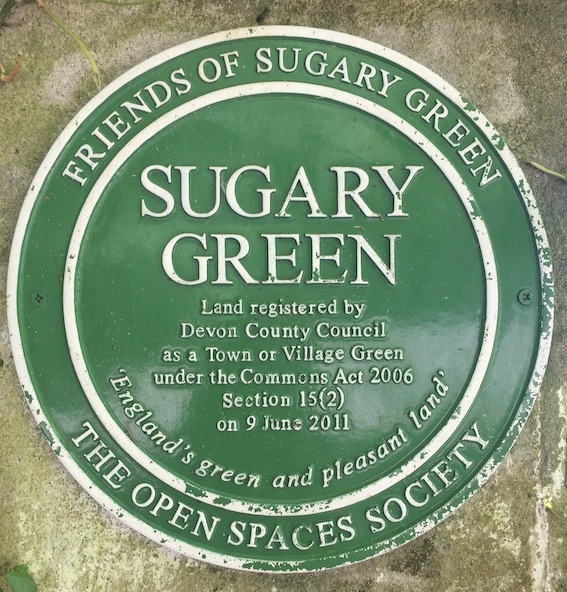
The mouth of the River Dart, Dartmouth, was the final destination of our 2021 downstream (from Dartington) Sacred Waters Way pilgrimage and would form the starting point for the full ‘sea to source’ pilgrimage and future self guided route. So everything Tam and I encountered would inform the planning of future events. So we parked up towards Dartmouth Castle and made our way uphill to catch a glimpse of the open sea at Sugary Cove. I’d love to know where this beautiful small beach gets its evocative name from! Nearby is Sugary Green, which I was happy to see is a protected commons, saved from development with the help of the Open Spaces Society in 2009. It is a bit of a green (grass) desert but has a lovely view & some picnic benches.
From Sugary Green we retraced our way back to some stone steps leading down to Dartmouth Castle, with the nearby (slightly scary) public toilets and a good cafe. With a way still to go, we didn’t linger here, but took the lower path down to St Petrox Church. This is a very old (predating the Norman conquest at least) sacred site and was once a monastery, before becoming simply a chapel (from the fourteenth century) dedicated to the sixth century saint, St Petroc, who is associated with Wales and Cornwall. I think the Dartmouth churches could well borrow a tag line from Harry Potter author J.K Rowling, of ‘fantastic beasts and where to find them’… and reminded me that even historic churches can be pretty wild at times! I love this beastly chair arm in St Petrox, for example.
In the summer it is possible to take a little path (to the right when coming out of the church) down to the water and catch the Castle ferry into Dartmouth Town. This gives the best view of St Petrox, looking back across the water from sea level. In December however, we took the lane that leads along the waterside and there are plenty of interesting points along the way, included Warfleet Creek (whose name actually comes from the Saxon ‘Welflut’ which is the stream that flows down to the creek).
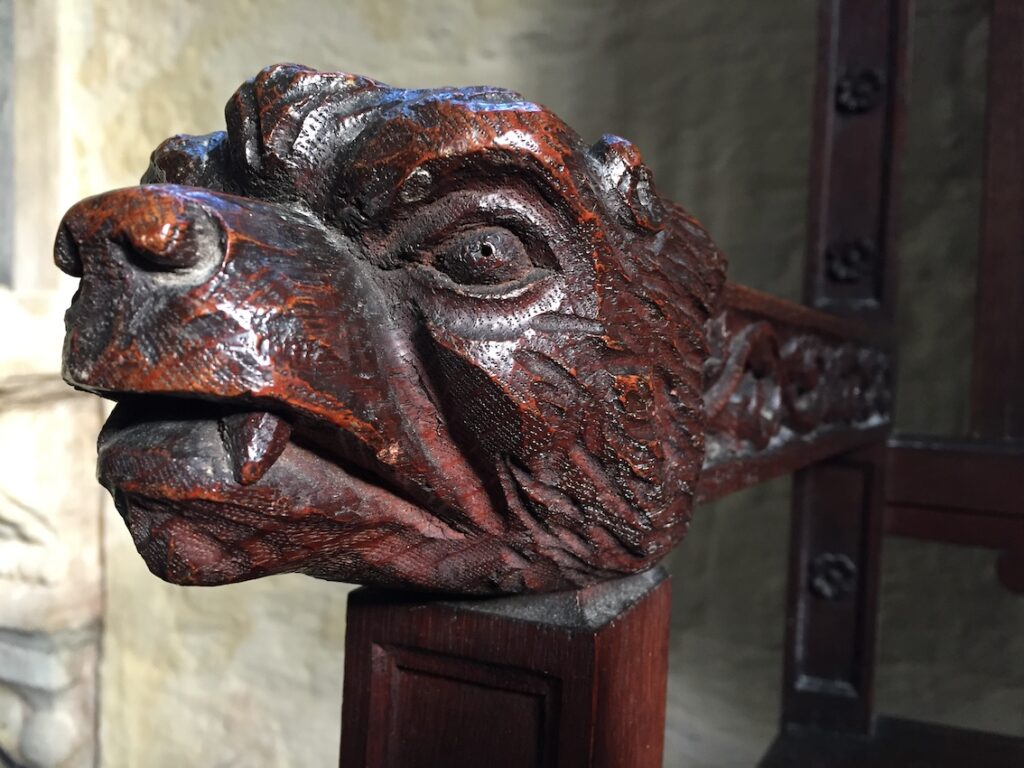
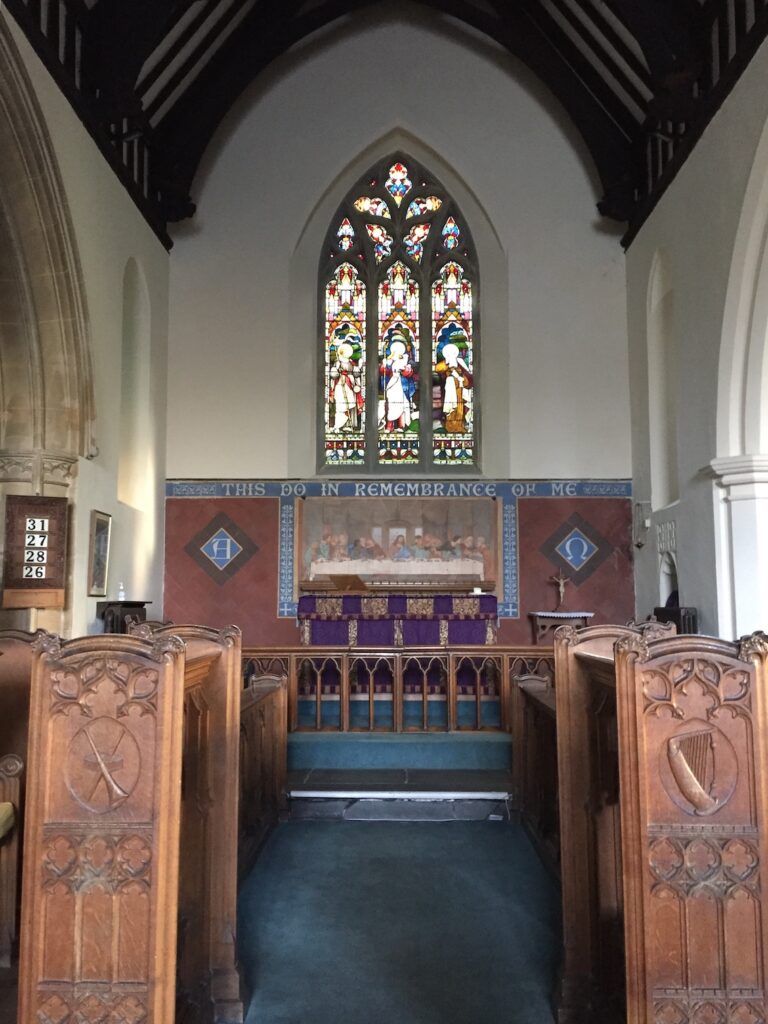
Beyond Warfleet, we dropped down from the main way to walk through the Tudor fortress of Bayard’s Cove Fort with its wonderful stone arches. Then continued along past the period properties that line the waterside, including some that stood here in the seventeenth century when the Pilgrim boats of Mayflower and Speedwell lay at anchor in Bayard’s Cove for repairs. It’s possible to follow in the footsteps of these pilgrims a little, with the Dartmouth Heritage Trail. We however set off to catch the lower ferry across to Kingswear.
From here the coast path climbs steeply up and with more energy I would have loved to spend time among the great trees on the coast path to Kingswear Castle and towards the dramatic rocks of the Dragon’s Tail. But instead we turned back in towards the town to visit the twelfth century church of St Thomas of Canterbury. Apparently Kingswear was also previously a landing site for pilgrims, coming from overseas on their way to Kent to visit the shrine of the murdered Archbishop, St Thomas à Becket, in Canterbury Cathedral.
This is a lovely little church with a keen interest in pilgrimage and I was sorry not to be able to join their congregation for worship, after being so warmly invited by the church warden. Also, I always enjoy visiting churches that feature life giving imagery, rather than crucifixion. This one has a painting of the Last Supper behind the altar and a stained glass window above of Christ the Good Shepherd. The Good Shepherd is one of the earliest images used by Christians, as in the Catacombs of Rome. To me, these images overtly depict compassion and generosity. I think they are more accessible for some contemporary pilgrims and more expressive of the shared love and kindness at the heart of Christian faith, than images of Roman forms of torture and death. Facing the realities of deep suffering and a love than can embrace it, is also very important and yet, in my experience, may not be the most accessible place to start! I have found this can be especially true for those of us drawn to wild church, who are often carrying their own experiences of trauma… sometimes from within church & unskilful forms of christianity. We don’t need to focus on depictions and narratives of sin and scapegoating, as we are already living them… we need healing images and down to earth stories, of collaboration and compassion.
From St Thomas we dropped back down towards and over the old steam railway, through the boatyard & past the marina, with its atmospheric music of wind blown stays. I find such places such a strange blend of wealth and privilege alongside more everyday ways of living close to the rhythms of tidal water, and to the water creatures that weave in their living too… we glimpsed a few, such as seagulls and a sad dead gannet, but most life was hidden within an underwater world we have little access to. Similarly hidden are the challenges they face: marine pollution, sewage ‘spills’, habitat loss, invasive species, disturbance… I think it is important for us pilgrims to reflect on what we can do, or not do, both to minimise being part of these problems and also to positively help. For some simple, affordable ideas check out WWF, the Rivers Trust and Devon Wildlife Trust. It’s understandable that many of us feel grief and despair about what is happening in our shared world and yet there are also many signs of hope. I am very encouraged by the young people I meet, like my son Tam shown here, who are so aware and engaged with social and environmental issues.
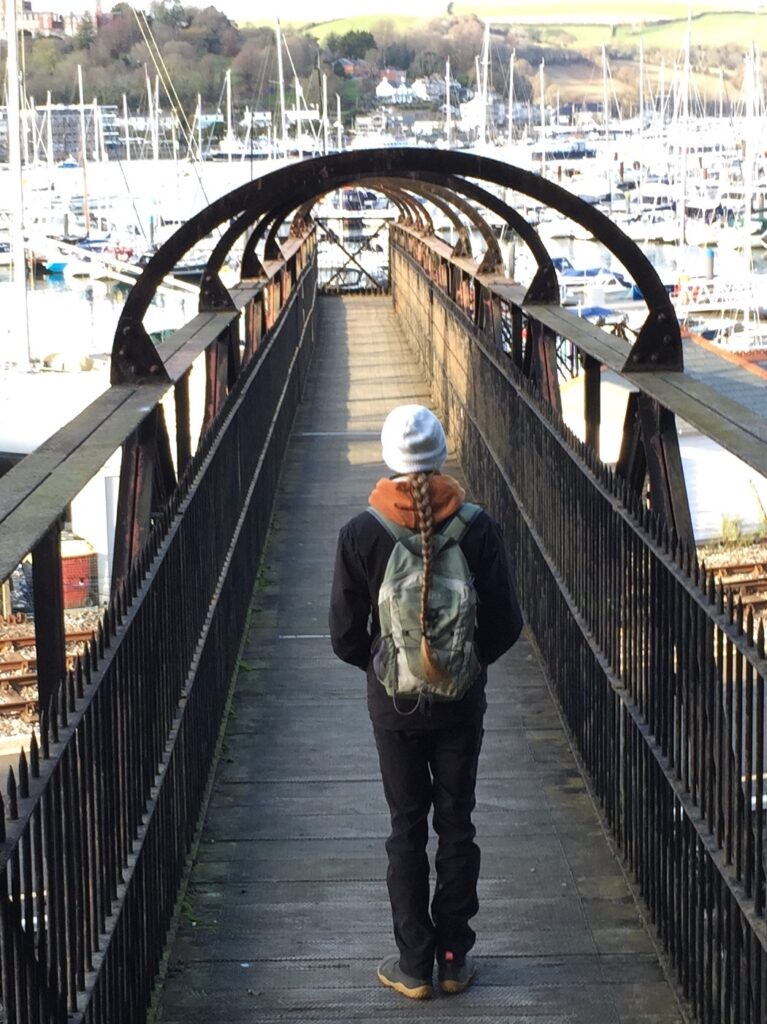
We followed the path beside the railway line and along the river until we reached the upper ferry. Then crossed back into Dartmouth and wandered through some of the old streets of the town until we found St Saviour’s Church, which was our final stop before returning to our start point. This had been an unusual walk for me, much shorter and less obviously wild than usual! Yet also it was good for this Advent season, especially when I needed to go more slowly and have lots of sheltered spots in which to rest and pray. St Saviour’s was a perfect conclusion and that rare and wonderful thing – a warm church in winter! What a blessing for a tired pilgrim. It is also full of creatures… from the lions on the old door, to moths on a brass memorial and a fine feathery friend on a pew end. So for all that this a rather different kind of pilgrimage, it was still wild in its own way. As I was in the process of disentangling myself from painful experiences in the contemporary Church of England, it was also rather healing. My pilgrimage helped me remember that Church is a very broad and old mystical body, made up of much diversity… and while I may not be able to work in its current institutional incarnation, I can still be at home in the sacred waters of its deeper life.
